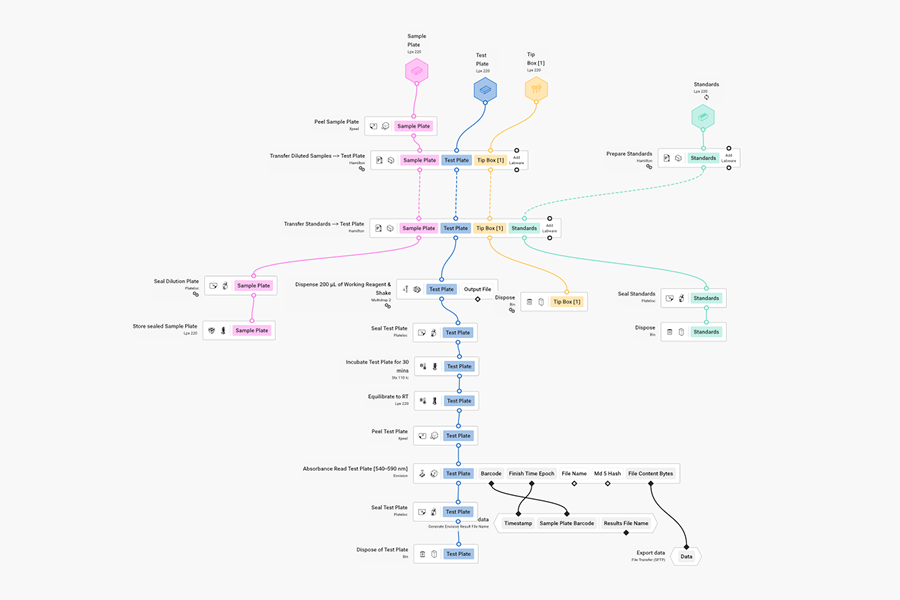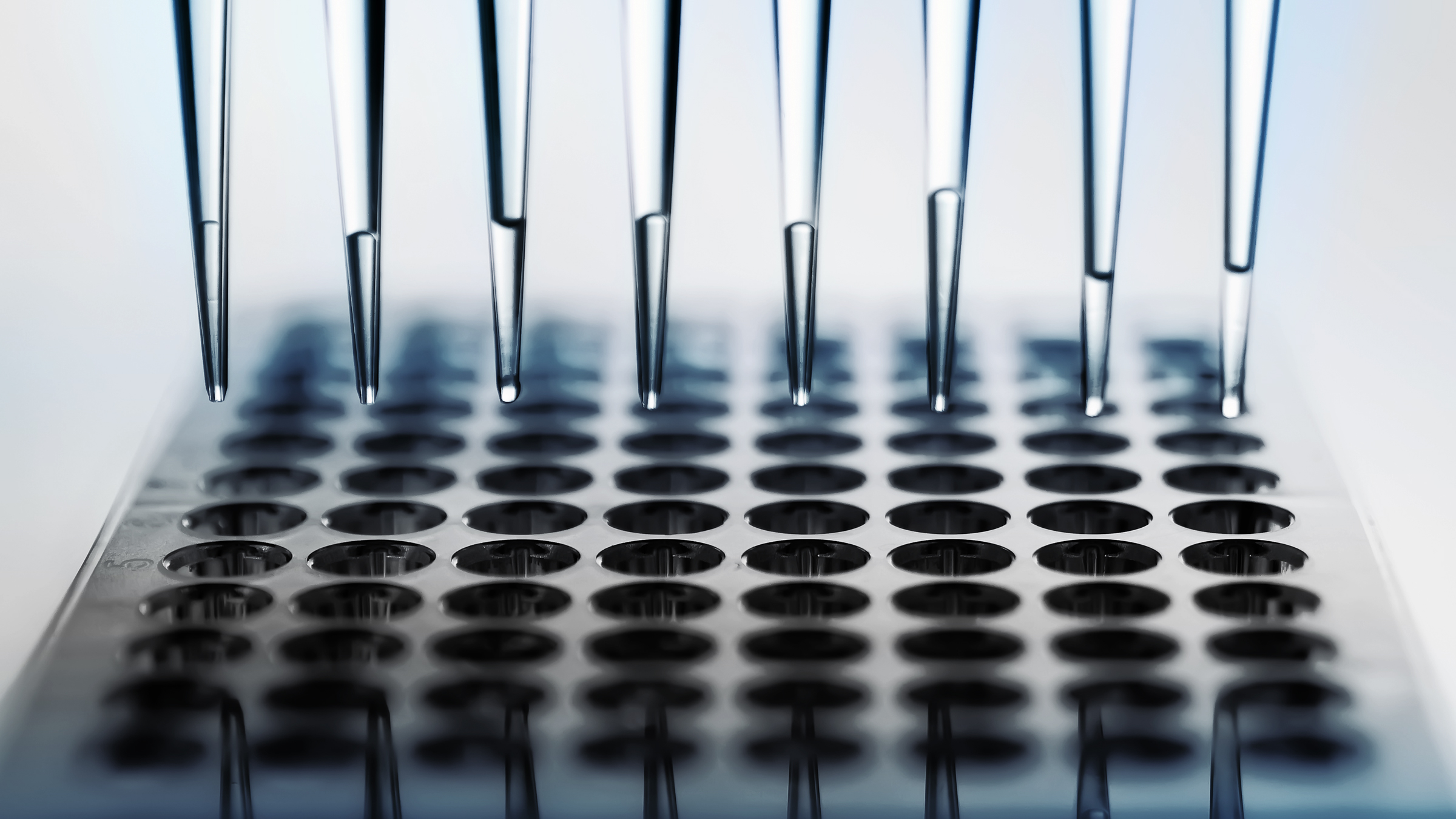Integrated Automation for Assay and Screening Workflows
Enhance Reproducibility and Throughput in Automated Assay Workflows or Connect Every Step of the Assay Workflow for End-to-End Automation
Automation should empower, not encumber, your lab. Yet for many, fragmented tools and isolated instruments still demand hours of manual oversight from highly trained staff.
At Automata, we go beyond task-level automation. Our LINQ platform enables open, integrated systems that connect every step of the assay workflow, both robotically and digitally, delivering full walkaway time and scalable efficiency.
This is how labs scale faster, operate smarter, and unlock the full potential of their people and their science.
At Automata, we go beyond task-level automation. Our LINQ platform enables open, integrated systems that connect every step of the assay workflow, both robotically and digitally, delivering full walkaway time and scalable efficiency.
This is how labs scale faster, operate smarter, and unlock the full potential of their people and their science.
The benefits of automated solutions for Assay and Screening
89.5%
Reduction in manual hands-on time when performing cell based assays on over 100 plates per day.
1,332
Plastic pipette tips saved for during assay reagent addition on every 100 384-well plates processed with our automated solutions.
40,000+
Assay reactions processed within a single working day with 1-hour single staff hands-on time.
*All data described originates from a single case study.
Trusted by our partners












Develop your Assay and Screening workflow the way you want it

LINQ Canvas
Automate protein concentration measurement by creating BCA assay workflows using our drag-and-drop user interface. Enable powerful automation with our intuitive, code-free platform.

LINQ SDK and API
Build and control every aspect of your screening workflows using our Python SDK. Full open-source documentation available, no more black boxes.
Book a meeting
Scale accurate data generation in your lab with intuitive workflow creation and data management.
Talk with our Automation experts for a personalised walkthrough of LINQ.



